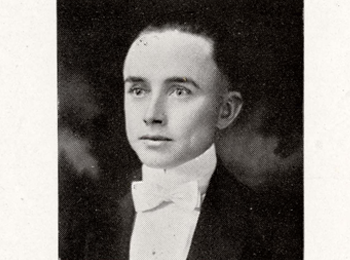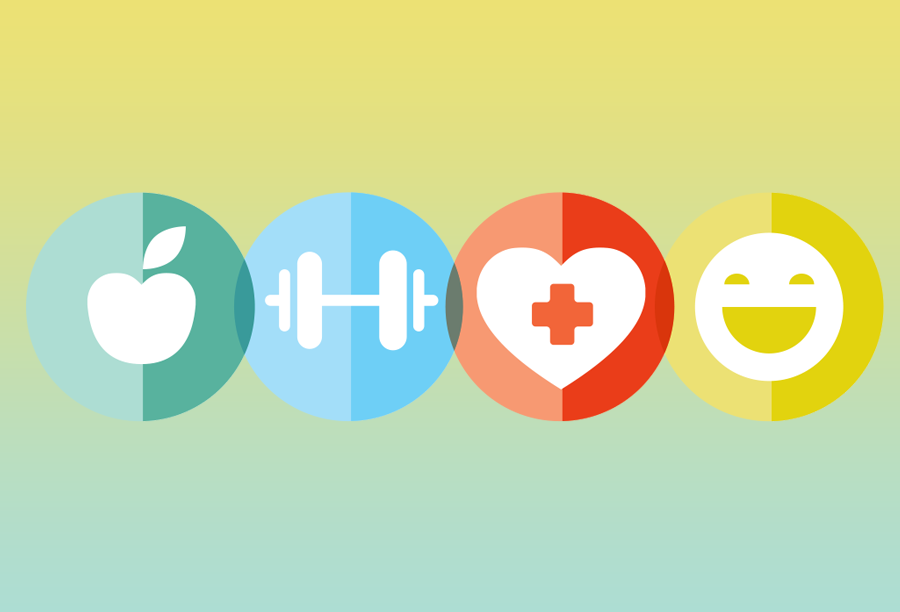New radiology resource educates medical students about imaging
Most people at some point in their lives go through medical imaging, such as an X-ray, CAT scan, or MRI. Dr. Marc Willis and his team at Baylor College of Medicine have developed a new educational resource called Radiology-TEACHES (Technology Enhanced Appropriateness Criteria Home for Education Simulation) that aims to give students a more in-depth knowledge about these types of tests.
According to Willis, associate professor of radiology and associate chair for quality improvement at Baylor, the American College of Radiology has had what is called appropriateness criteria for the past 20 years. These are online, evidence-based criteria which experts have gathered by sifting through all of the current medical literature. The problem is that they are in PDF format.
“There is so much information. Realistically, if you are in a busy clinic, you can’t break away from what you are doing to go through these PDFs online,” Willis said.

Instead of having to go through PDFs to learn about radiological tests, Radiology-TEACHES is an online platform that uses simulation education with integrated clinical decision support (CDS). Through an education grant, a team from Baylor has integrated modules based on the seven required medical student clinical clerkships at Baylor.
During each module, students are given a variety of vignettes to go through and they must decide which test is best, most cost-effective, and which test will expose the patient to the least radiation. The students receive immediate feedback via the integrated CDS.
“While the students are on a particular clinical service taking care of patients who may need radiological testing, they are also going through these simulation modules,” Willis said. “Students are using relevant cases to learn how to order tests more appropriately, cost effectively and safer for the patients.”
Based on the feedback from students who have used Radiology-TEACHES, the program seems to be working.
“The physician’s assistant students who have used the tool said they found it very helpful learning how to order, they also got a sense of the cost of radiation and they thought the modules were very easy to work through.”
Throughout the development of Radiology-TEACHES, Willis and his team had three goals in mind.
Goal 1: Making Radiology-TEACHES user-friendly
“We wanted to create a user-friendly program and we did so by incorporating technology that the students are used to using,” Willis said. “This isn’t a lecture where they are sitting and listening. This is an interactive program where they can simulate doing actual work and it is something that they can do on their tablet or handheld.”
Goal 2: Encouraging collaboration
“Historically, medicine has been practiced very competitively and from a departmental perspective. However, we wanted to make sure Radiology-TEACHES promoted collaboration and we have done that by collaborating with other departments and by ensuring that all students know how to work together to evaluate what is best for the patient,” Willis said.
Goal 3: Expanding the use of the Radiology-TEACHES to all medical personnel
“We want to address this issue by helping teach people across the continuum of medicine. It’s one thing to teach the students differently but it would take years to actually have enough students trained to change the way medicine is practiced,” Willis said. “I think we have to educate on both fronts. If we go upstream but also work simultaneously with practicing providers, then we can make some significant headway.”
-By Julia Bernstein



